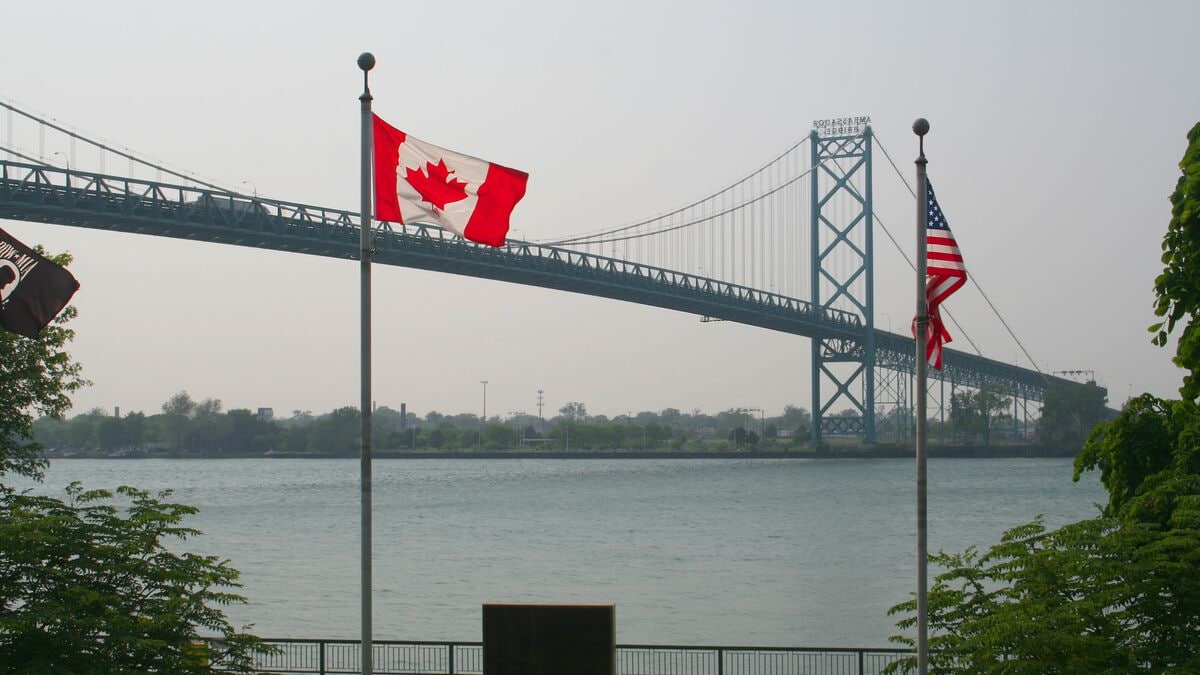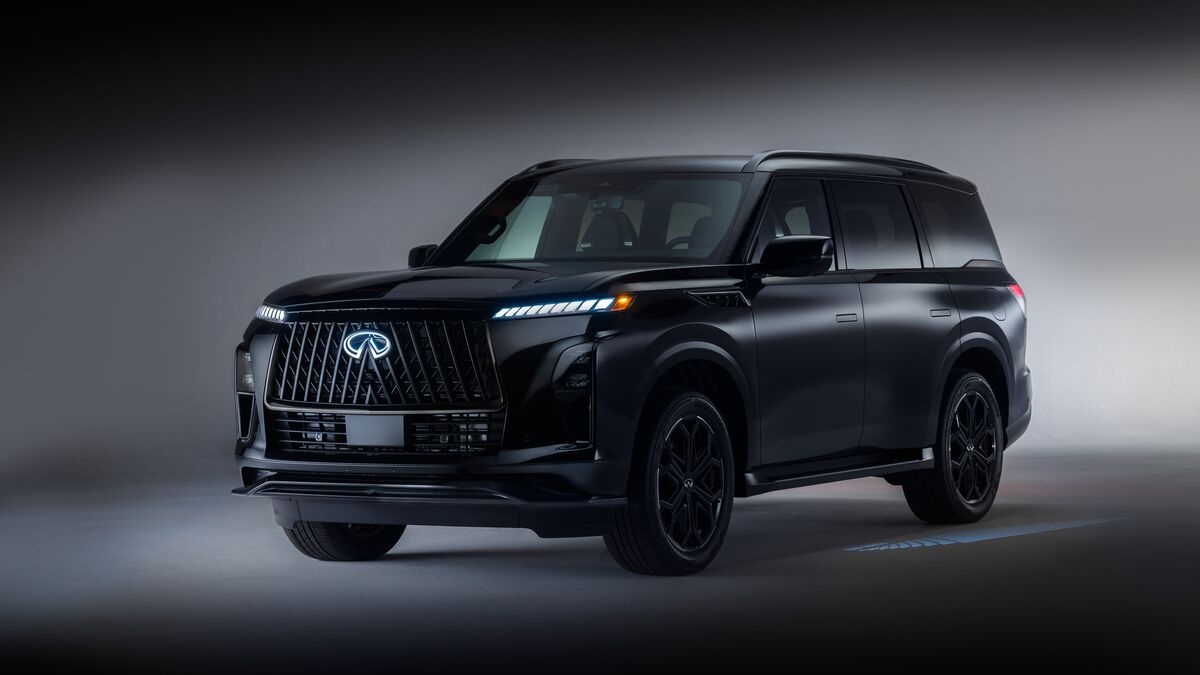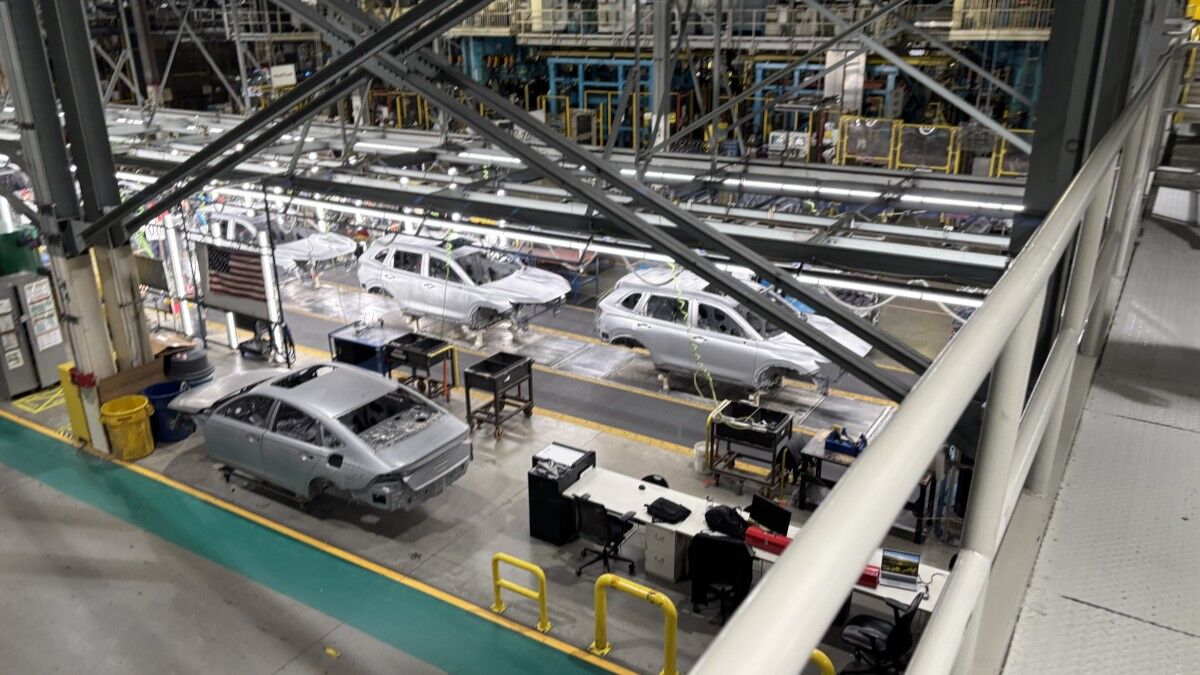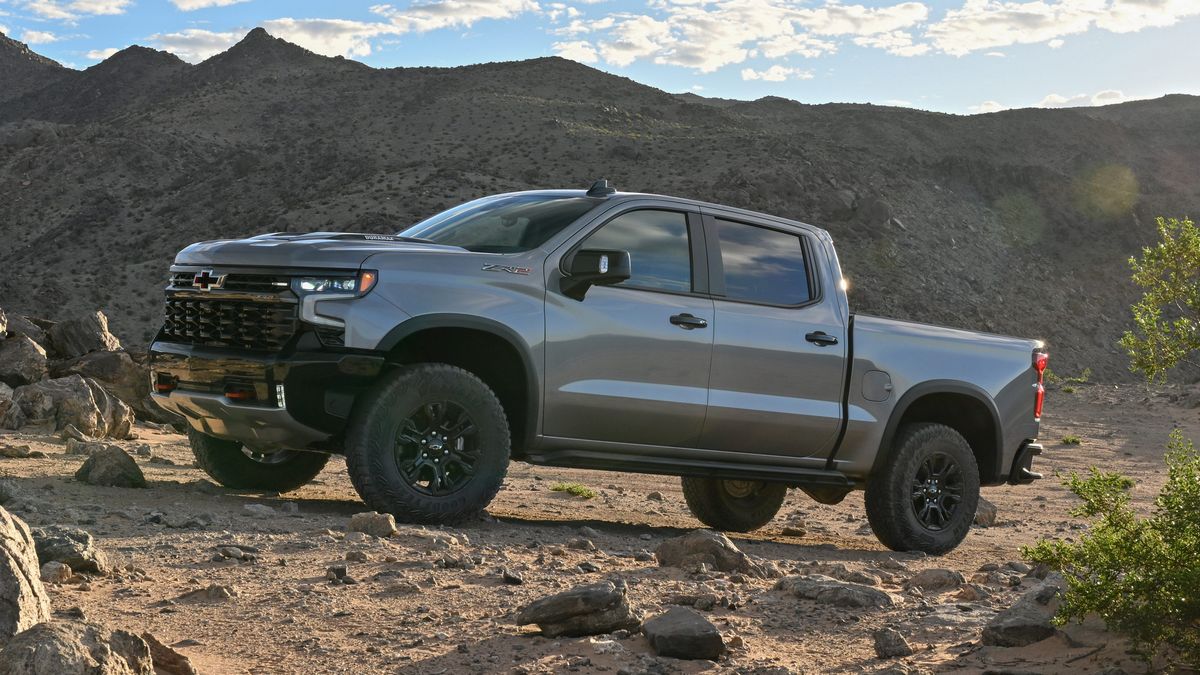- President Trump announced immediate 35% tariffs on Canadian goods yesterday
- Cars and car parts, however, are still tariffed at 25%
President Trump announced new tariffs on dozens of countries yesterday, singling out Canada for an unusually punishing levy that starts immediately, where most countries get a week’s notice.
However, the move will have little impact on car prices, even though the U.S. and Canadian auto industries are interdependent.
Reuters explains, “Trump set rates including a 35% duty on many goods from Canada, 50% for Brazil, 25% for India, 20% for Taiwan, and 39% for Switzerland, according to a presidential executive order.”
However, the order exempts goods that comply with the U.S.-Canada-Mexico Agreement, a trade pact Trump negotiated in his first term.
Industry publication Automotive News notes, “Most vehicles imported from Canada meet the USMCA requirements.”
Car Tariffs Now Differ Based on Country of Origin
- Separate trade agreements lower that rate for British, European, Japanese, and South Korean cars
- Because of their ties to Canada and Mexico, domestic automakers now pay higher tariffs than most importers
Cars and car parts have been subject to a separate 25% tariff since early April.
But several countries have now negotiated separate agreements with the U.S. that drop that rate for their cars. The result? Automakers now pay different tariff rates depending on where they build cars.
- The U.K. has the lowest rate, at just 10%. But it applies to only 100,000 cars per year, after which U.K. automakers will pay 25%. The U.K. only sent about 102,000 vehicles to the U.S. last year, so most British cars will be tariffed at the lower rate
- Japanese automakers now pay 15% under a deal negotiated last week
- South Korean automakers pay 15% under a similar deal
- Cars from other countries, including Canada and Mexico, are tariffed at a 25% rate
Detroit’s Big Three import many vehicles and parts from the rest of North America, encouraged by decades of lower trade barriers. So, ironically, Ford, GM, and Stellantis now likely pay higher tariffs than Volkswagen, Toyota, or Hyundai.








